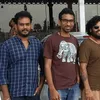Art is mirror, record, and soft power – in conversation with Ashish Anand, CEO, DAG
In our second photo essay on two of DAG’s exhibitions, we share artistic highlights along with CEO insights on creativity.
Launched in 2014, PhotoSparks is a weekly feature from , with photographs that celebrate the spirit of creativity and innovation. In the earlier 510 posts, we featured an art festival, cartoon gallery, world music festival, telecom expo, millets fair, climate change expo, wildlife conference, startup festival, Diwali rangoli, and a jazz festival.
Arts company DAG’s recent exhibitions include Navrasa and Ways of Seeing. Established in 1993, DAG showcases its diverse collection of Indian art through local and international museums, art galleries, and publications.
In association with the Archaeological Survey of India, DAG launched the country’s first public-private museum initiative at the Red Fort in Delhi called Drishyakala.
Navrasa: The Nine Emotions of Art showcased artworks, calibrating both the havoc and hope of the pandemic era. The nine rasas are shringara (celebration of beauty, love, and romance), haasya (laughter and satire), karuna (compassion), veera (courage and heroism), raudra (anger), bheebhatsya (disgust or revulsion), bhayanak (horror, terror, or fear), adbhut (a sense of wonderment), and shaantha (peace and tranquillity).
Images of some of the artworks are reproduced in this photo essay with permission from DAG, along with others from their collection. Ashish Anand, CEO and Managing Director, , joins us in Part II of our interview on the organisation’s vision and journey (see Part I here).
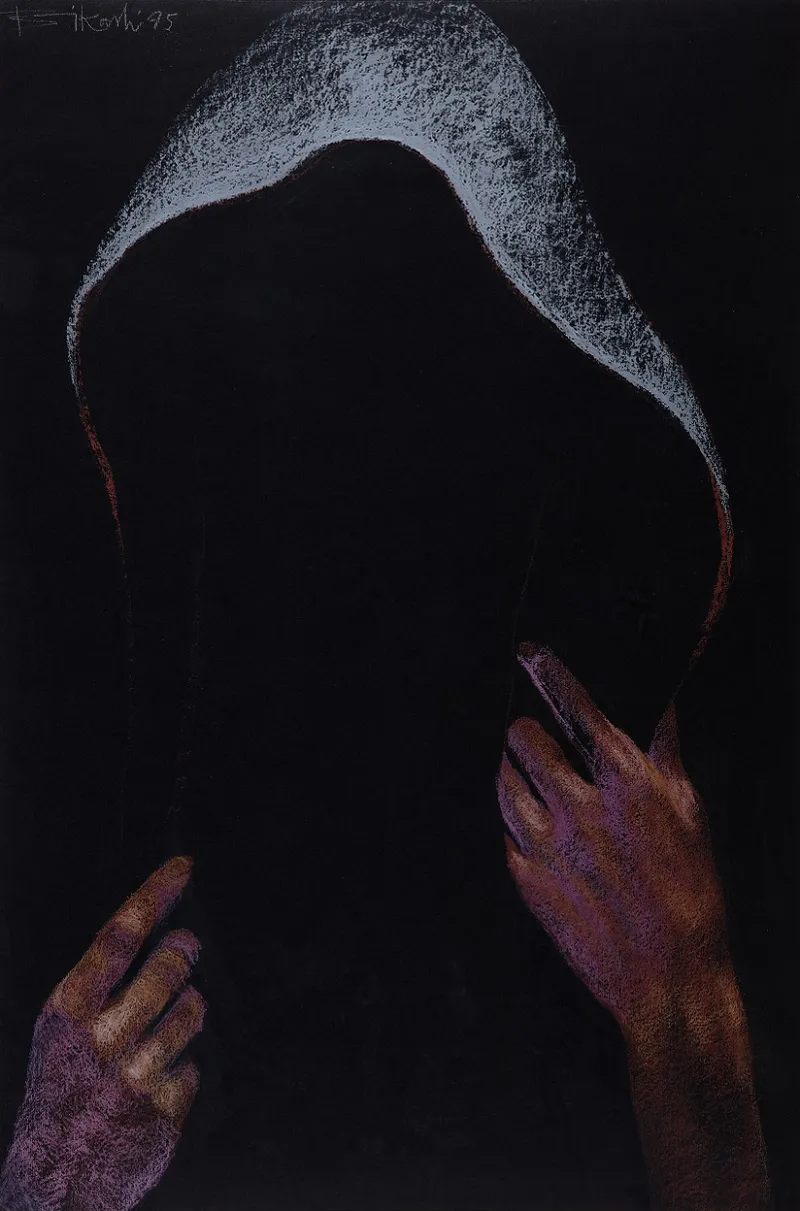
Untitled by Bikash Bhattacharjee
YourStory [YS]: What does art mean to you?
Ashish Anand [AA]: Art, along with architecture, is a record of humanity, a mirror to its society, politics, and aesthetics. Our remembrance of the past is mirrored in art and architecture and translates into the journey of human life since time immemorial – or at least from the time humans started making cave paintings.
It is the stamp we will leave behind on the soul of the country.
YS: What government or industry support do you get in the form of grants or sponsorships?
AA: DAG is wholly-independent and self-sufficient, and has taken no grants from the government. However, it has collaborated with government institutions in its museums—with the Archaeological Survey of India, the National Gallery of Modern Art, and the Ministry of Culture, for instance.
These collaborations serve the government’s, as well as our need for democratising art, and making it accessible to larger audiences.
YS: What is the approximate price range of the artworks on sale?
AA: At DAG, we have art that includes oil and acrylic paintings on canvas, watercolours, as well as gouache and tempera on paper, prints, sculpture, and works in relief. They represent every period of pre-modern and modern art practice from different art centres and regions in the country.
This diverse range is also reflected in our prices, which aims to provide a home for art for anyone who appreciates it. They start from Rs 20,000 to works that are priced in lakhs and even crores, depending on the worth of every artist and the merit of every work.
YS: What kinds of audience feedback have you received?
AA: DAG has carved a niche for itself in the universe of Indian modern art, and every art lover knows the organisation and understands the quality and best practices that it represents.
DAG’s exhibitions tend to be historic, with a large sweep – they are as well-displayed as they are well-thought-out. Our workshops for school and college children and programming for the differently-abled, including the sight-impaired, have won huge appreciation.
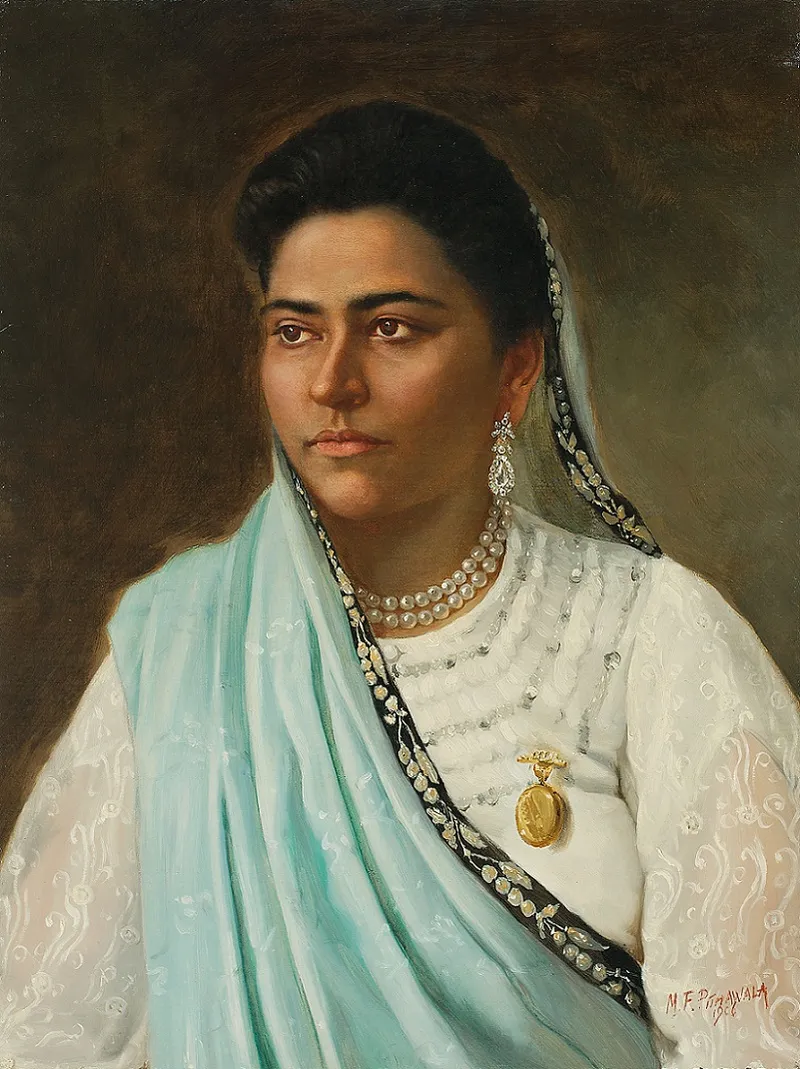
Untitled (Parsi Lady) - 1906 by M. F. Pithawalla
YS: What are some trends in India’s art scene today, and what do you see as its true potential?
AA: Indians have remained neglectful of art because its appreciation has not been taught to them in schools and colleges. The government must encourage youth and our society to visit these institutions and engage with the past.
The Indian art scene is minuscule compared to the impact it can have around the world. Once its power is unleashed, nothing will stop it from reaching its height as one of the most important examples of India’s soft power.
Now, what have you done today to pause in your busy schedule and find new avenues to unleash your inner creativity?
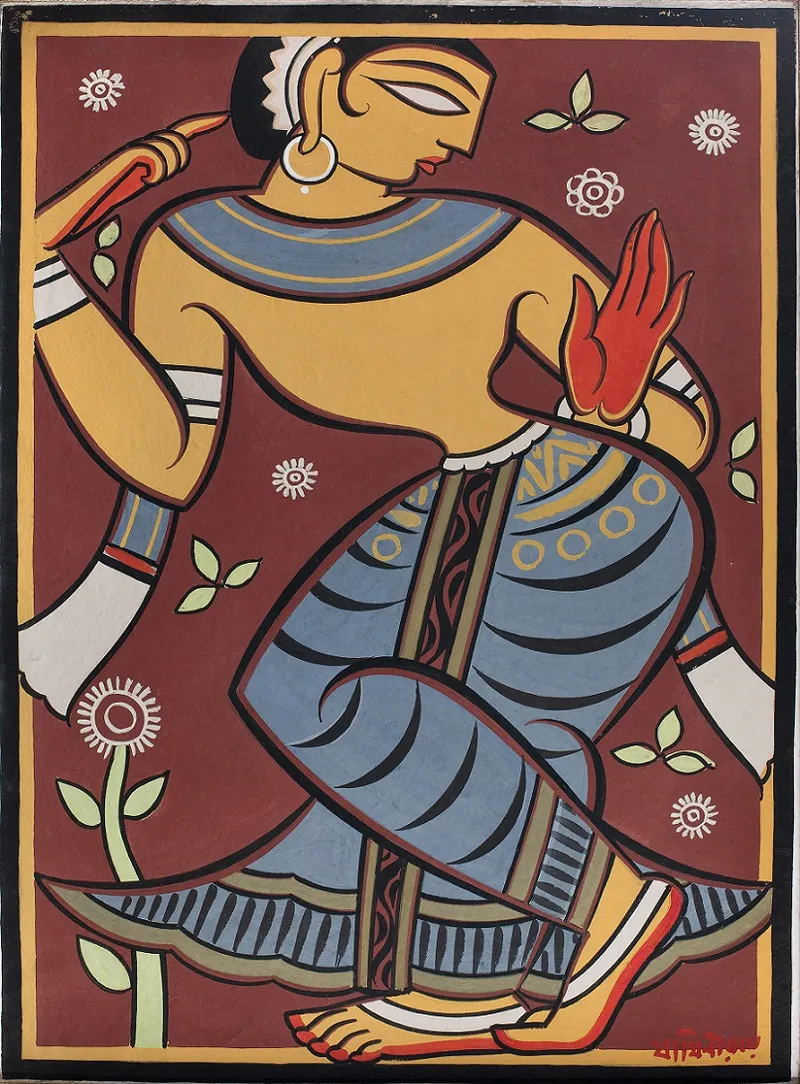
Untitled by Jamini Roy
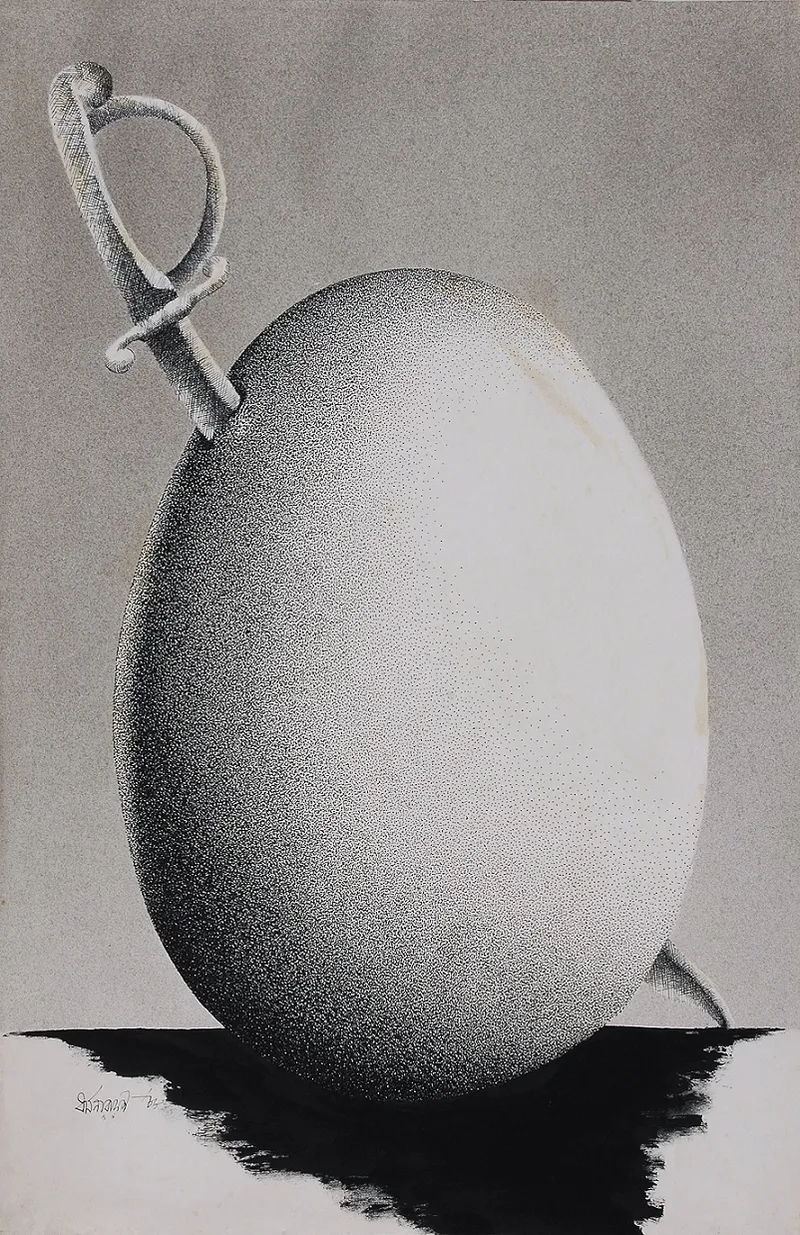
Untitled - 1988 by Dharamanarayan Dasgupta
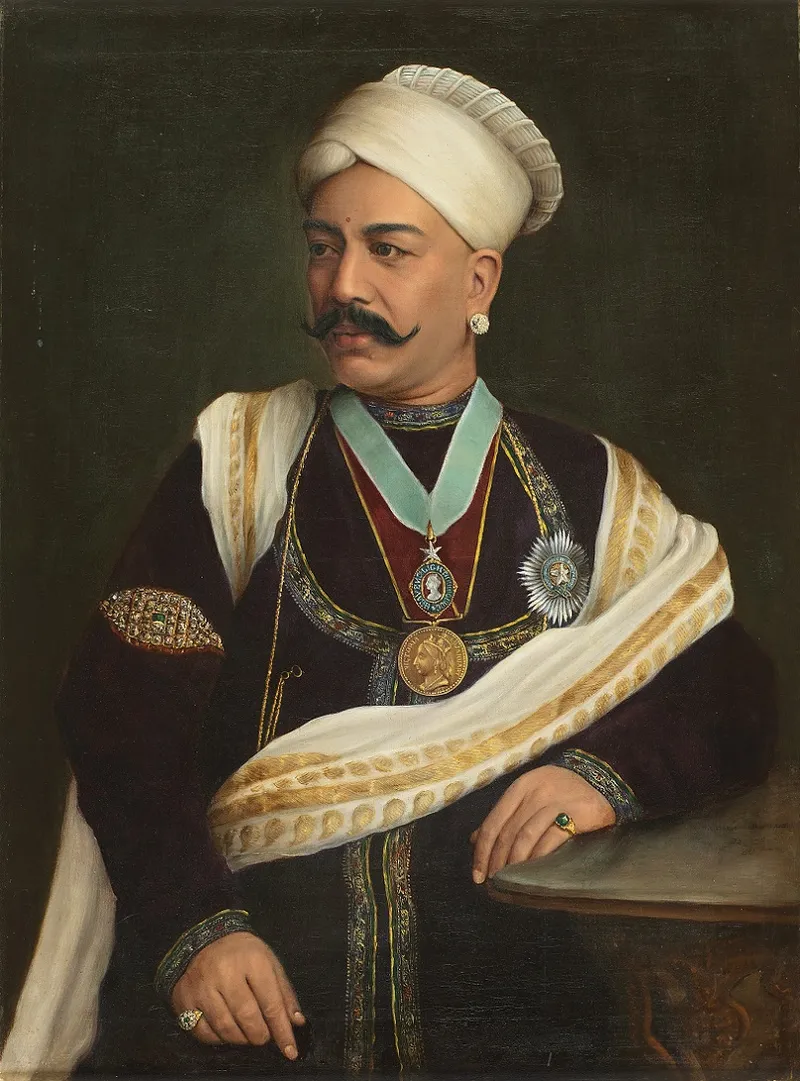
Untitled (Portrait of Sir Tanjore Madhava Rao) by Anonymous
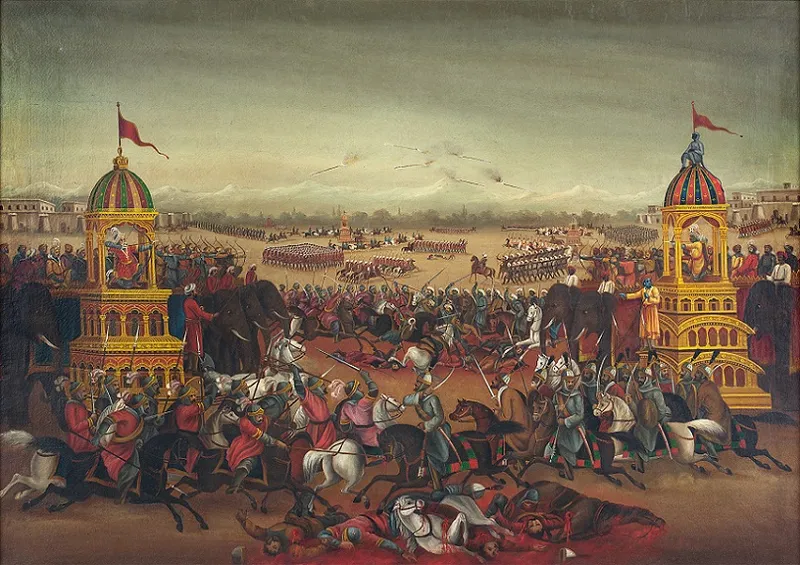
Untitled (Battle of Mahabharata) by Anonymous (Early Bengal)
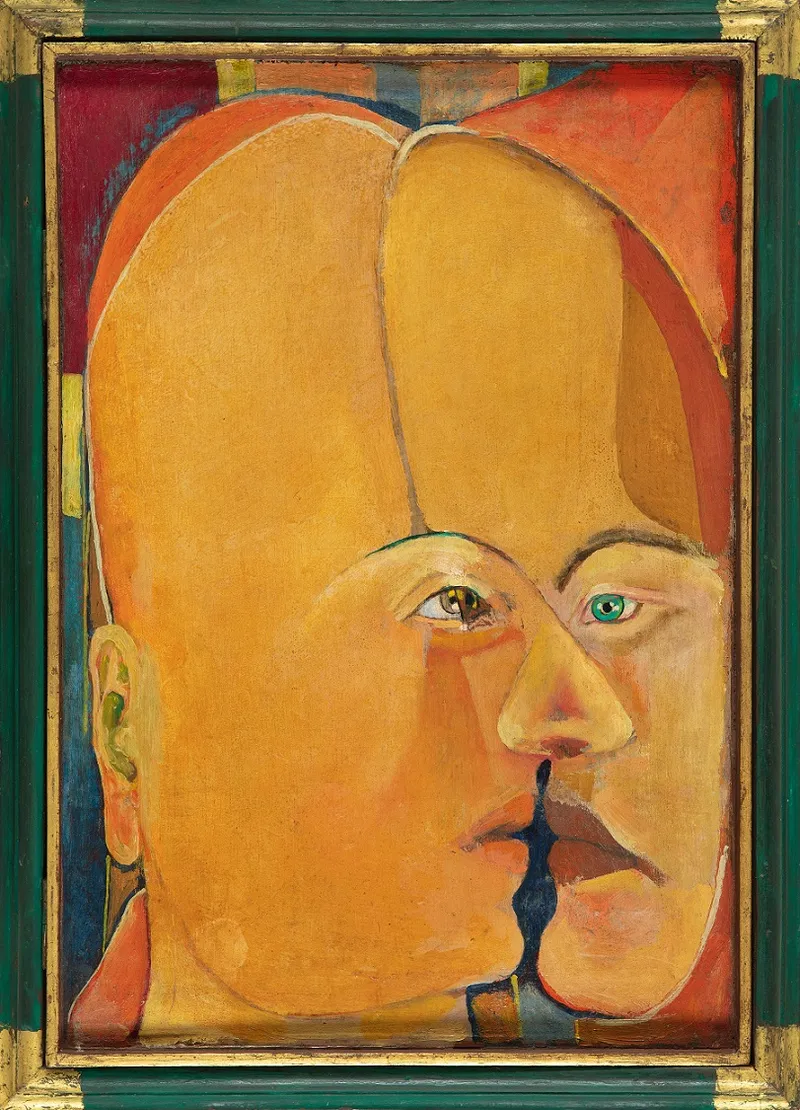
Two Prophets In One by SK Bakre
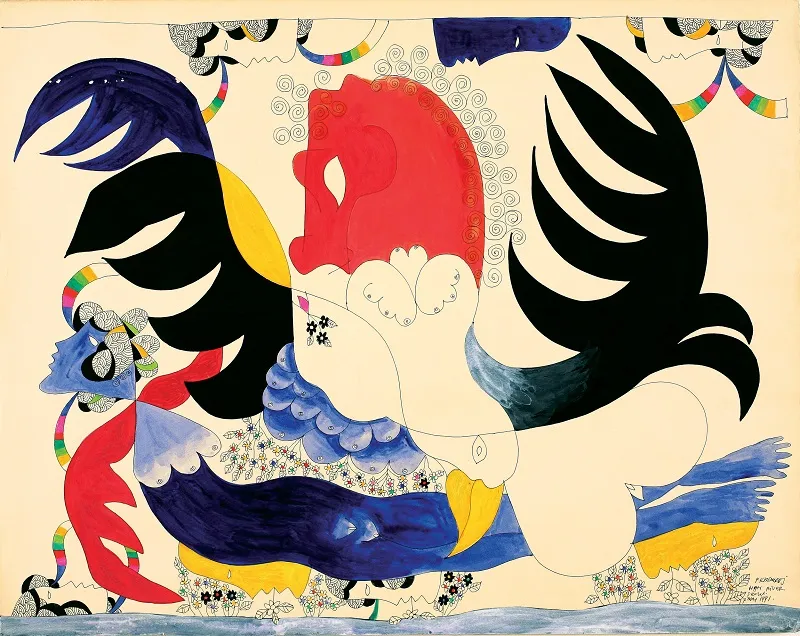
Untitled - 1991 by P. Khemraj
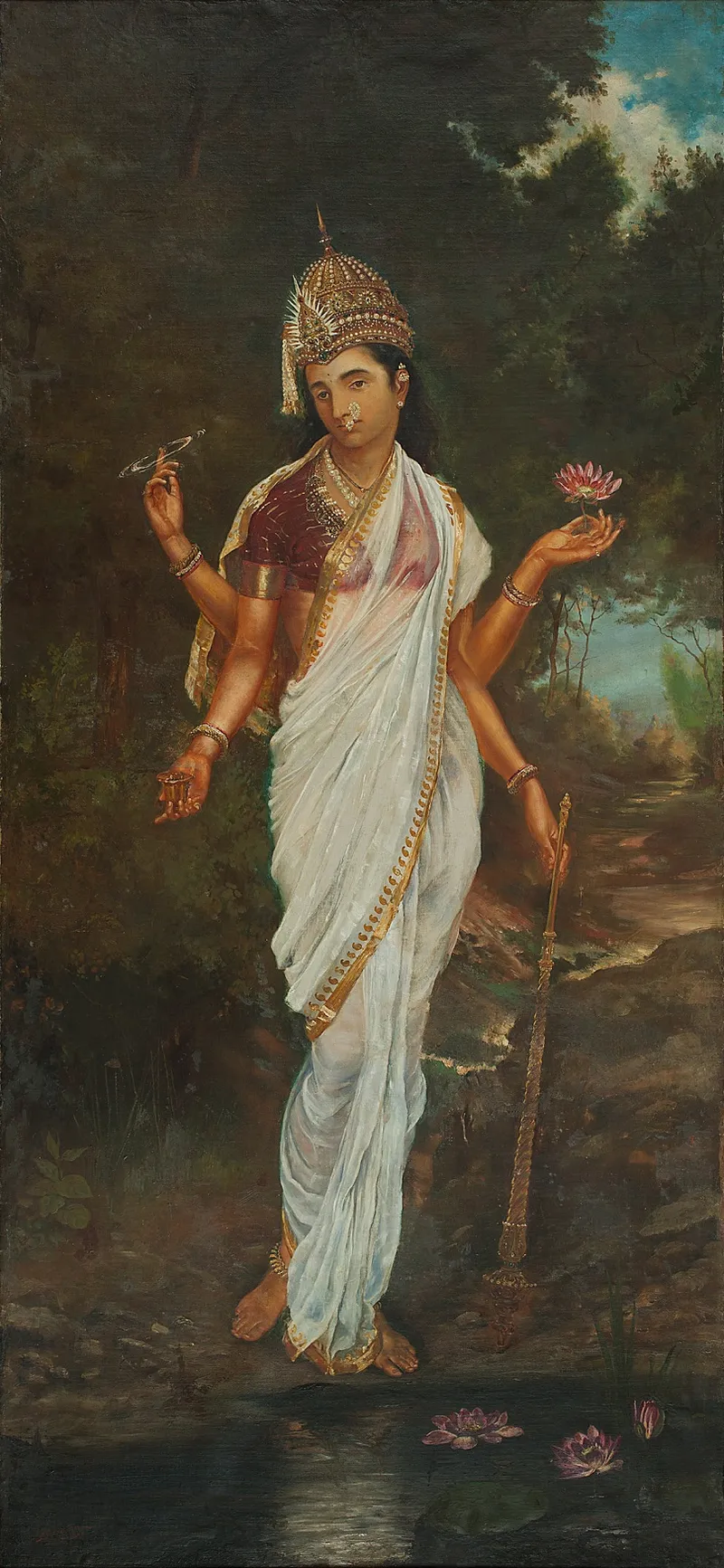
Untitled (Lakshmi) by M. V. Dhurandhar

Untitled (Portrait of Ba Lakhan Maner) by Abalall Rahiman
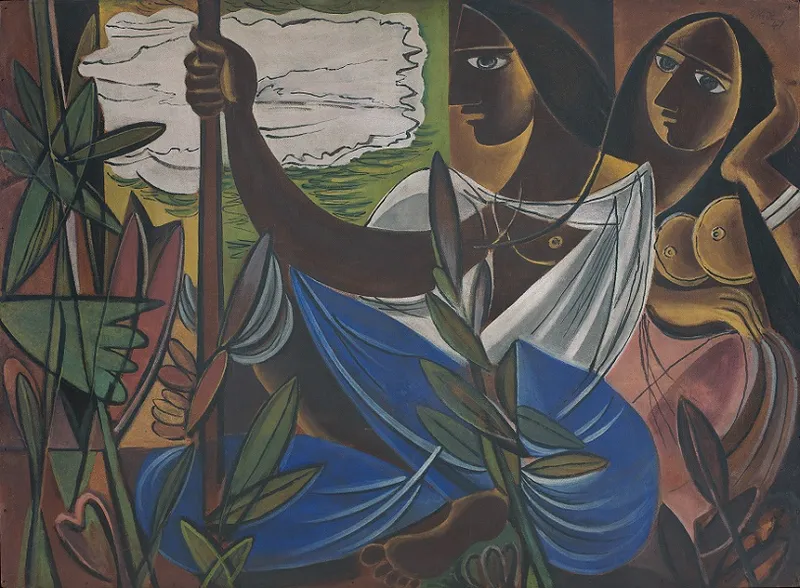
Untitled (Two Women Amid Plants) by George Keyt
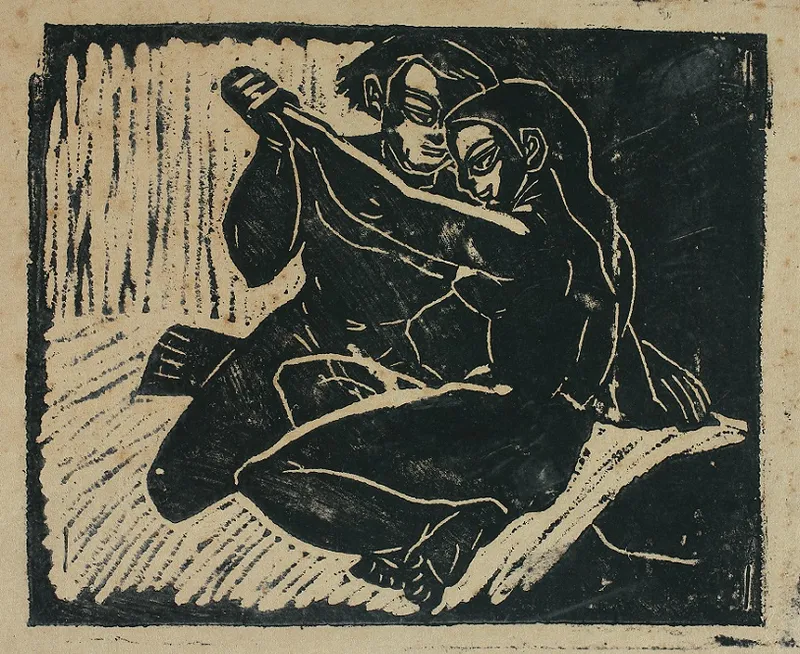
Untitled by Chittaprosad (1)
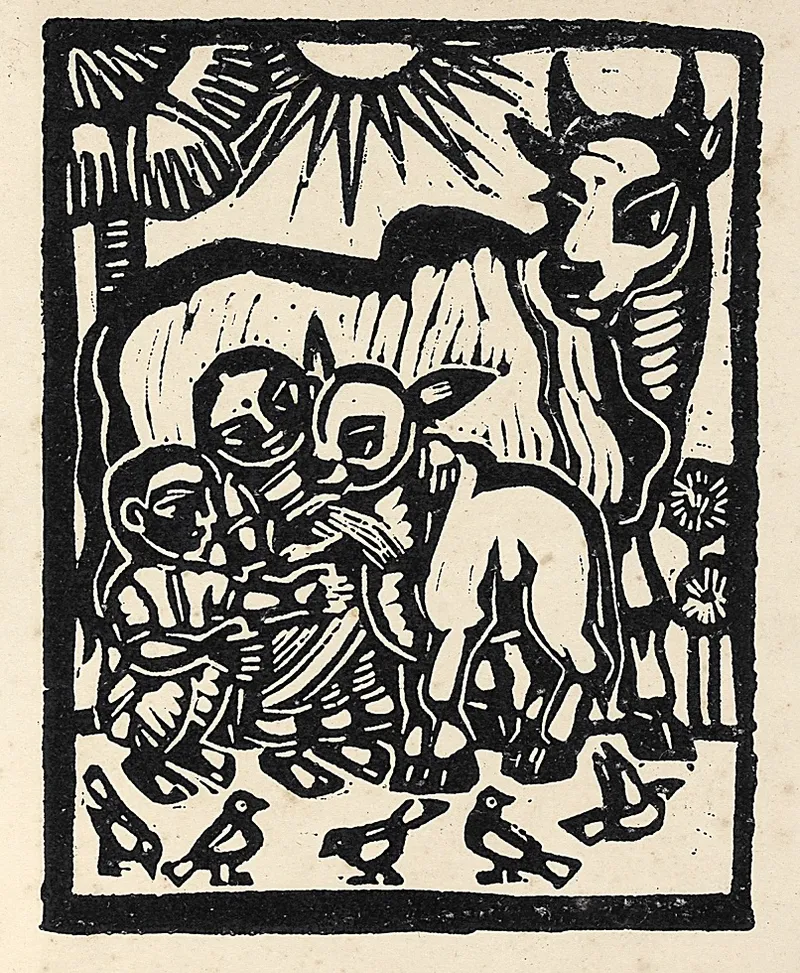
Untitled by Chittaprosad (2)
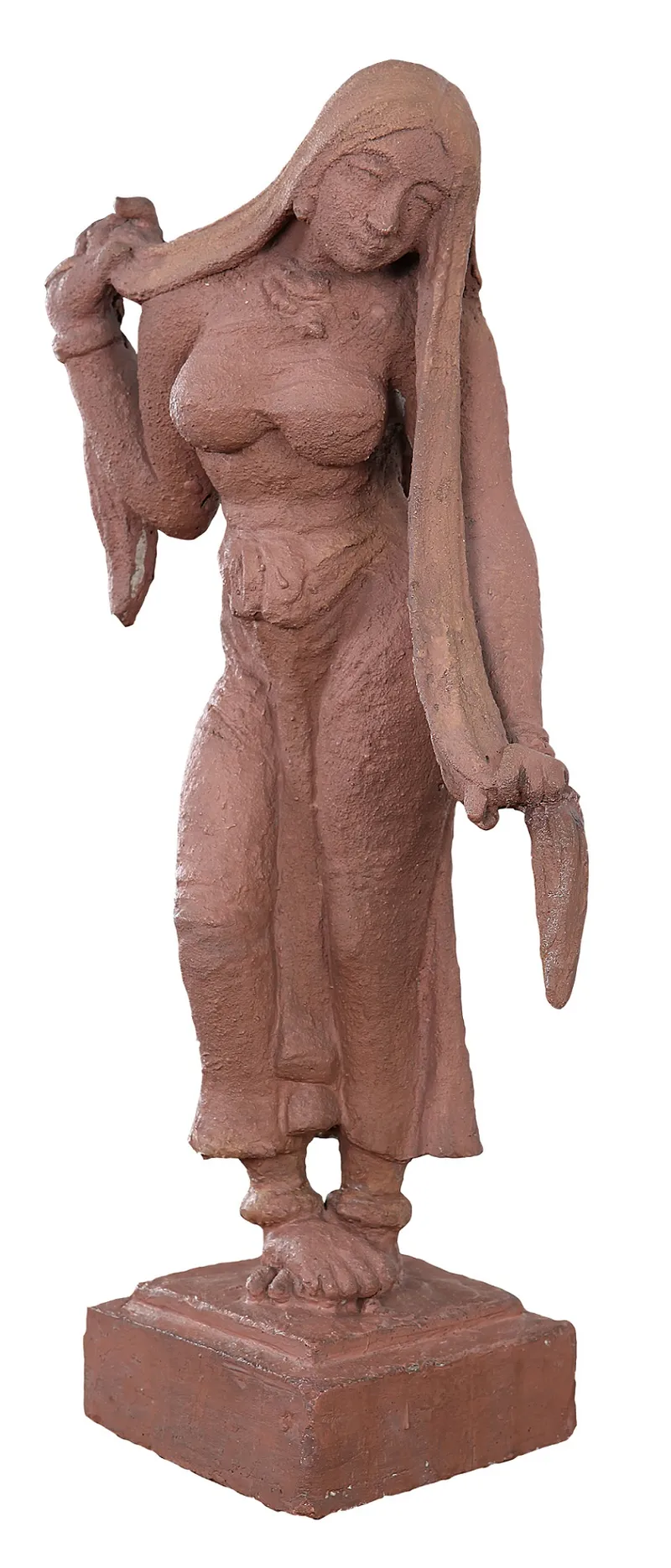
Untitled by D. P. Roy Chowdhury
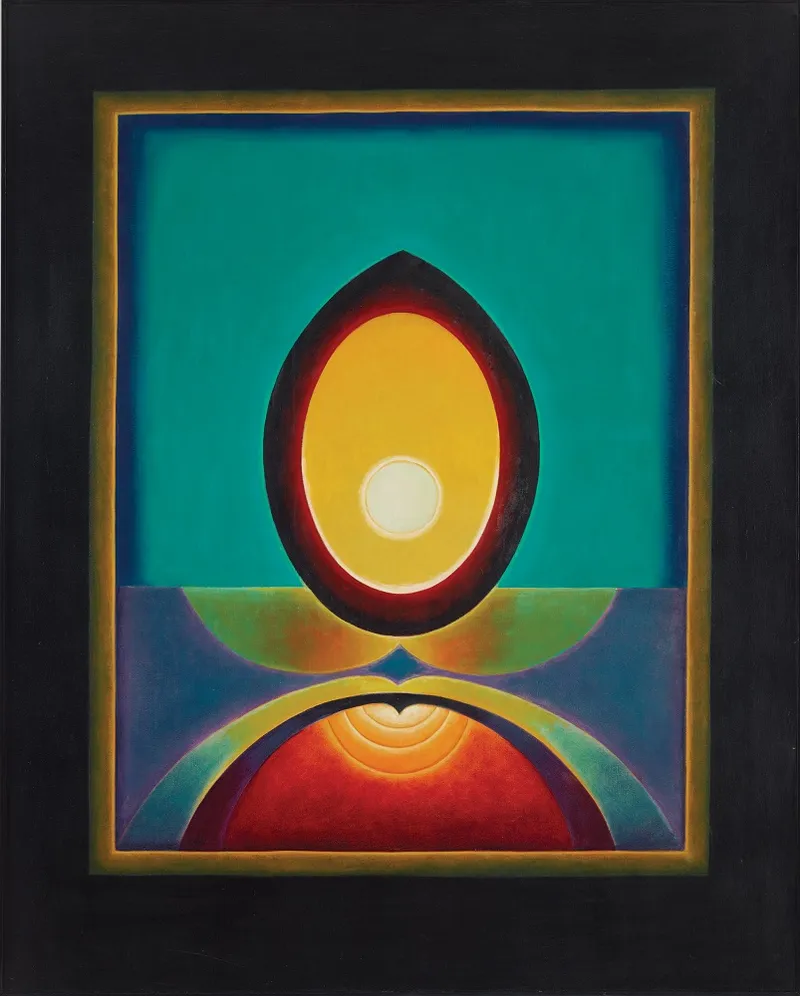
Untitled by G. R. Santosh
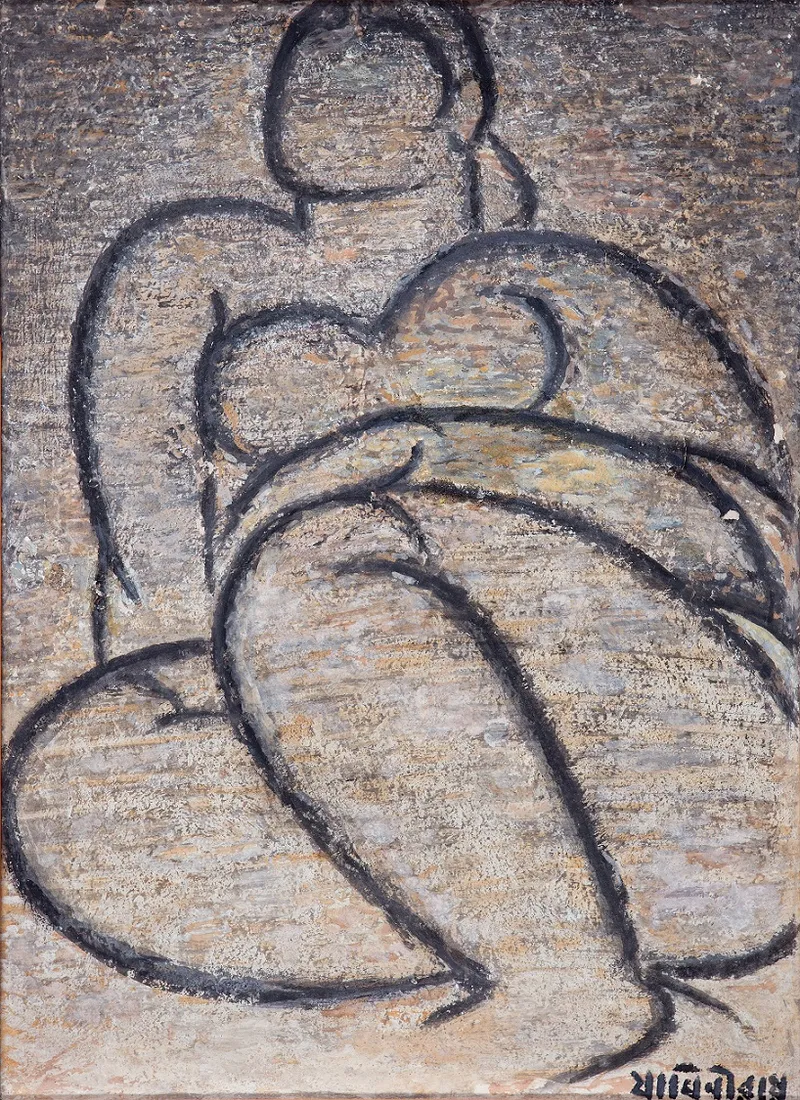
Untitled by Jamini Roy (2)
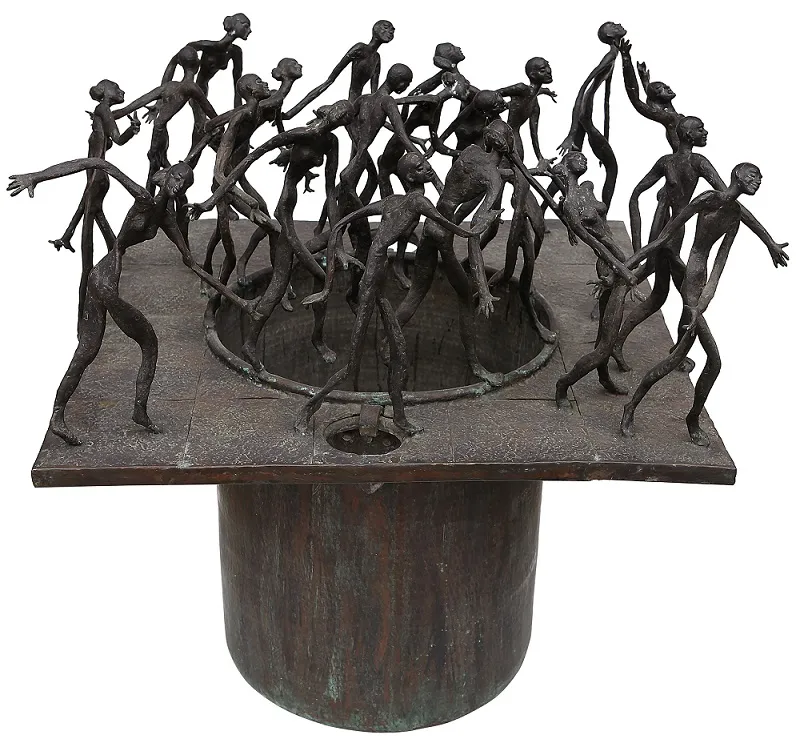
Untitled by K. S. Radhakrishnan
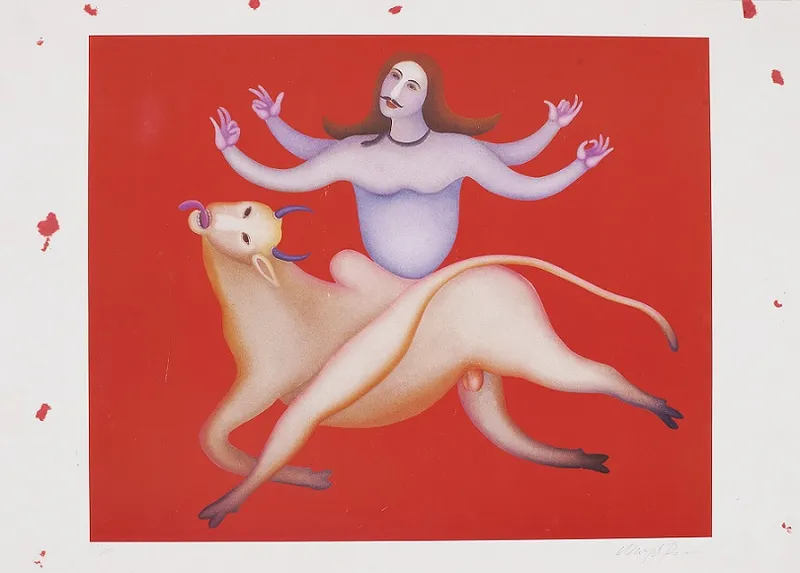
Untitled by Manjit Bawa
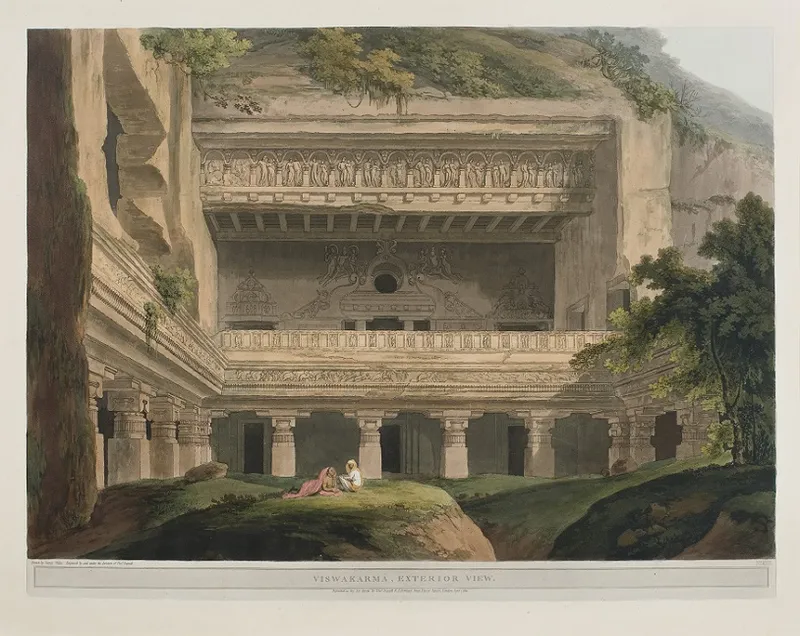
Viswakarma Exterior View by Thomas Daniell

Untitled by N. R. Sardesai
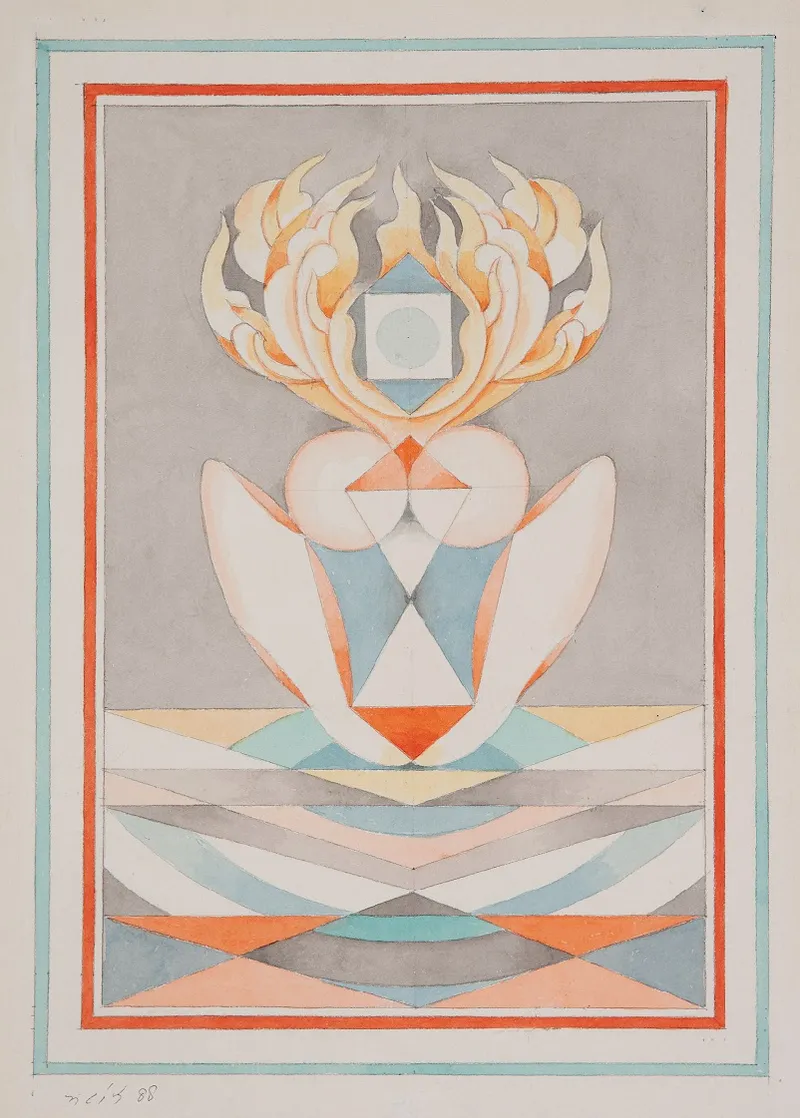
Untitled, by Santosh GR
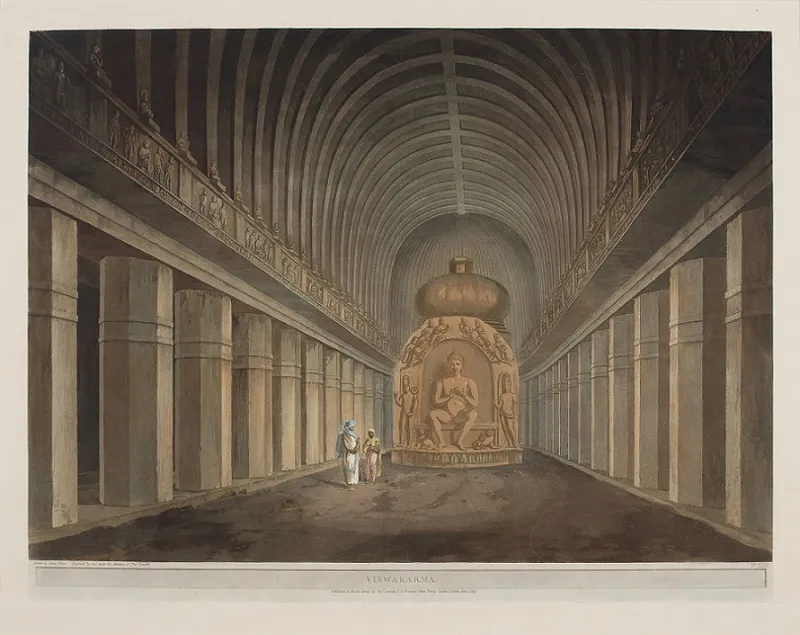
Viswakarma - 1803 by Thomas and William Daniell
See also the YourStory pocketbook ‘Proverbs and Quotes for Entrepreneurs: A World of Inspiration for Startups,’ accessible as apps for Apple and Android devices.
Edited by Suman Singh



